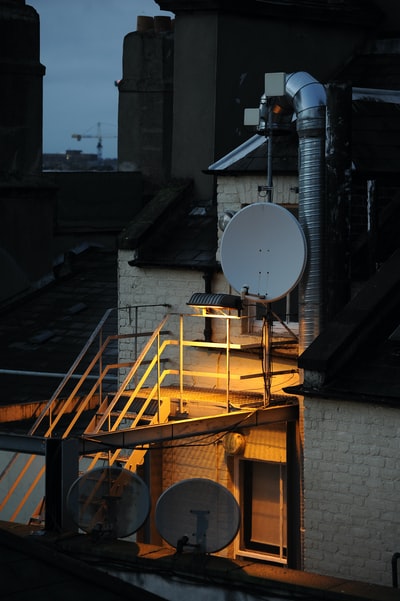
The current passing through a component can be shown in a current-potential difference graph. The current changes as the potential difference across it changes.
If the temperature of the resistor is kept constant then the line will always be straight. This means that current is directly proportional to the potential difference across the resistor.
Current and potential difference and related by the following equation:
v = c x r
- – v is voltage (potential difference) measured in volts (V)
- – c is current measured in amps (A)
- – r is resistance measured in ? (ohms)
This equation comes from Ohms law.
Resistance is in opposition to the charge which is flowing through the resistor. At a constant temperature, the resistance stays constant. However, as the temperature rises so the resistance rises and the line on the current-potential difference graph changes shape and is not straight any more.

A diode only lets a current flow in one direction. This is due to the fact that in the opposite direction the resistance is so high that the current is zero.
In a light-dependent resistor (LDR) the resistance becomes smaller as the light shining on it increases in brightness.
However, as a thermistor temperature increases, the resistance decreases.
——————————————————
Potential difference

Potential difference is measured in volts (V) using a voltmeter. Unlike a ammeter, a voltmeter must be connected up in parallel to the component it’s measuring.
The work done when a coulomb of charge moves between two separate points in an electric circuit is the potential difference between these points. It can be calculated with the following equation:
V = W / Q
- – V is the potential difference in volts (V)
- – W is the work done in joules (J)
- – Q is the charge in coulombs (C)